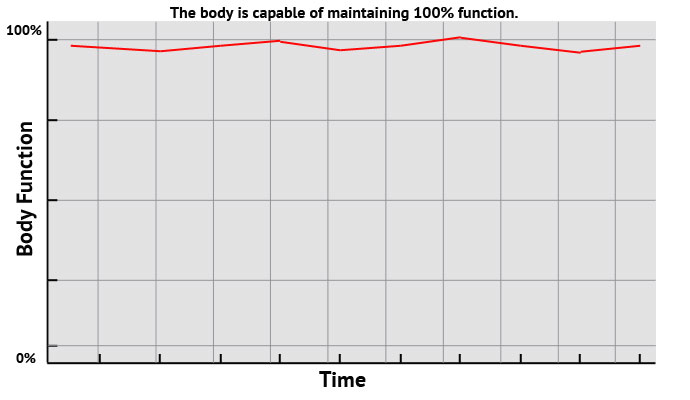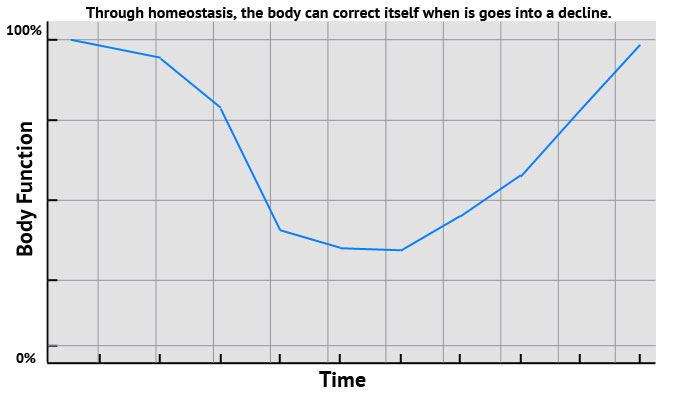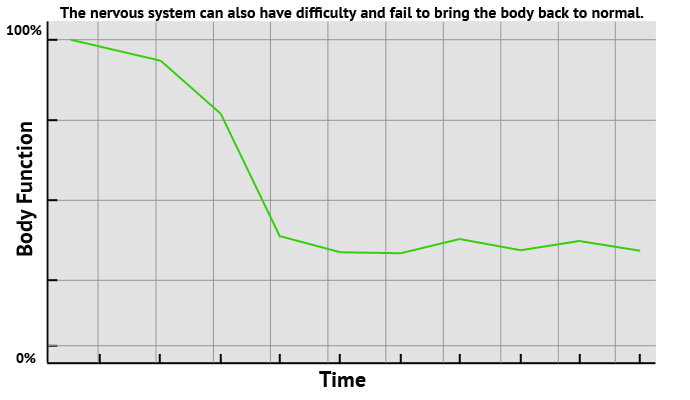Muscle testing, or applied kinesiology, is a chiropractic technique that helps locate where the body isn’t communicating. But how does muscle testing work? And what does it tell us about our bodies?
Our chiropractor in Clearwater, FL is here to answer all of your muscle testing questions.
What Is Muscle Testing?
Muscle testing is a tool to help identify poor function within the body based on decreased muscle function. It’s based on the principle that our nervous system sends chemical and electrical signals to our organs and muscles. If there’s interference with these electrical messages, however, the muscles become weakened, signifying a possible underlying health issue. Healthy muscles are naturally strong and should withstand average resistance.
What is Muscle Testing Used For?
Muscle testing is used to identify underlying health issues, providing important clues that indicate when the body is in a state of malfunction.
While muscle testing doesn’t specifically diagnose anything, it does help locate where the body is struggling to function. Once that function is restored, the body will naturally take care of itself.
How Does Muscle Testing Work?
Identify Weak Muscles
Dr. Jere starts muscle testing treatment by applying force to a variety of muscles. The muscles are then labeled weak or strong, depending on their ability to resist this force.
Recommended Treatment
Once the weak muscles are identified, Dr. Jere will work from there to determine which areas of the body aren’t communicating properly. From there, he will recommend proper treatment, whether it’s related to a specific organ, ailment, or area of the body.
Return to Full Muscle Function
Applied Kinesiology works to identify what muscles are weakened. If the root cause is an underlying health condition, such as indigestion issues, the muscle should return to full function once that problem is addressed.
In some instances, weakened muscles can cause musculoskeletal problems that won’t go away on their own. For example, pain in the lower back, neck, knee, and arm can all be attributed to the musculoskeletal system. These problems won’t be resolved until the muscles return to full strength.
Using the body’s own nervous and muscle systems to track down what’s causing a lack of communication is a valuable tool when used correctly.
Why Muscle Testing Works
If we take a graph and have a vertical line represent body function (the top being 100%) and a horizontal line represent time, we’re able to depict the role “ function” plays in health.

Your body is a self-healing organism, though most people are unaware of its healing abilities. Each of your organs regenerates at different speeds. For example, your stomach lining is replaced every five days, your skin is renewed every month, and your liver and brain every two months.
Natural Homeostasis of the Nervous System
Homeostasis, from the Greek words for “same” and “stable,” refers to the body’s ability to maintain internal stability. The process of homeostasis occurs 24 hours a day and is always working to compensate for internal and external conditions, such as environmental changes.
All bodily functions are controlled by the nervous system, which acts as a communication center for the body. When something goes wrong, signals are sent through the nervous system to identify the issue, determine a course of action, and attempt to restore the body’s function. This is depicted in the graph below: the last part where you see the line move back up towards 100% function is the body correcting itself back to homeostasis.

There are times, however, when the nervous system has trouble rectifying a situation and fails to bring the body back to normal function. This lack of response often results in symptoms, which are your body’s way of saying “help!”

As seen in the graph above, the line moving away from 100% function indicates a bodily issue. The line then moves up and down as the nervous system tries to fix the problem over time. If the nervous system fails to do so, symptoms begin to emerge.
The stage in between poor function and symptoms appearing is referred to as a state of malfunction. This suggests, while the body is not medically sick, it’s also not working at full capacity.
Why Traditional Medicine Will Not Catch the Beginnings of Chronic Disease
Bodily malfunction can be frustrating to diagnose and treat with traditional medicine because medical tests often come back with no findings to support an actual diagnosis.
For example, if a person is suffering from indigestion, medical tests, such as blood work, physical exams, and endoscopic exams, are performed to understand why. However, when none of the tests come back with findings that point to the cause of indigestion, this causes frustration for the patient and medical professionals treating the case. They know something is wrong, but all the tests are normal. How can that be?
The Cycle of Symptom Correction with Medication
With nowhere left to turn, most medical professionals recommend medication to manage symptoms.
While symptoms may be improved with medication, the issue’s cause is never actually addressed. This means, as time goes on, your body will continue to malfunction — forming a dependency or demand for more medication. This isn’t the best long-term solution.
There has to be a better way to understand medical issues then, right? That’s why we use muscle testing. Using the nervous system to identify areas of malfunction uses the same system your body does!
Muscle Testing in Clearwater, FL
For more information on how muscle testing works, call 727-447-4647 or contact our chiropractic office in Clearwater, FL. We’ll answer your questions and explain how muscle testing can benefit you.
